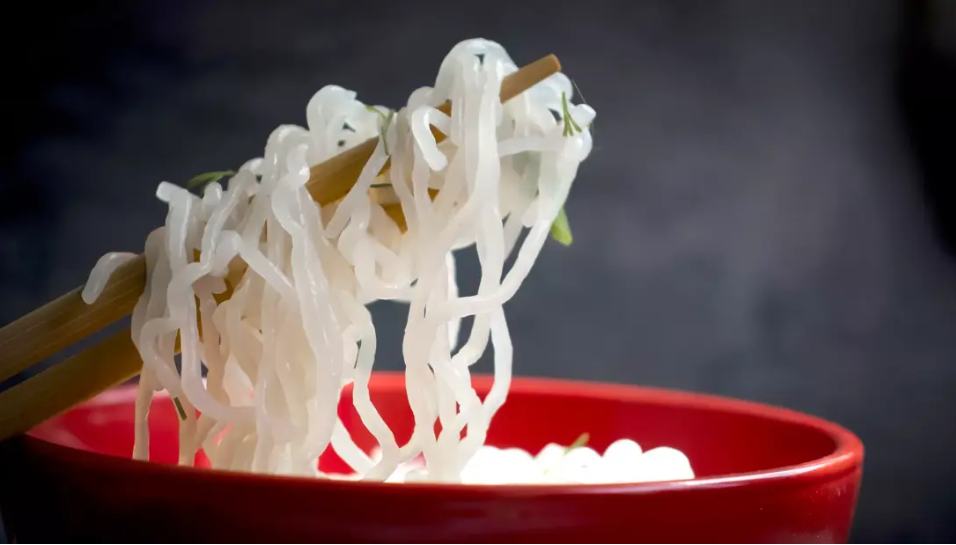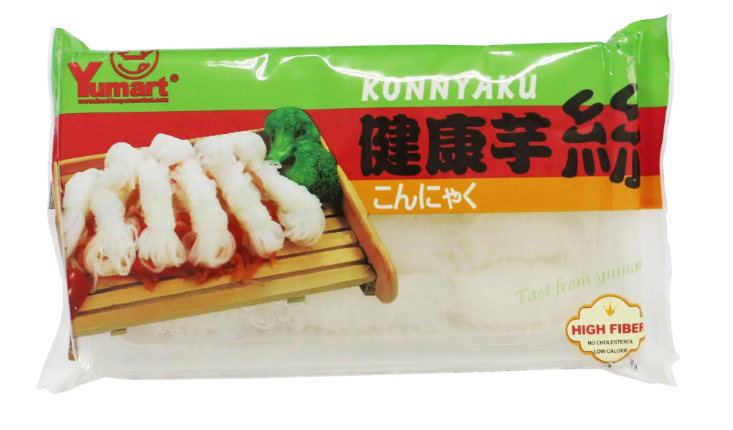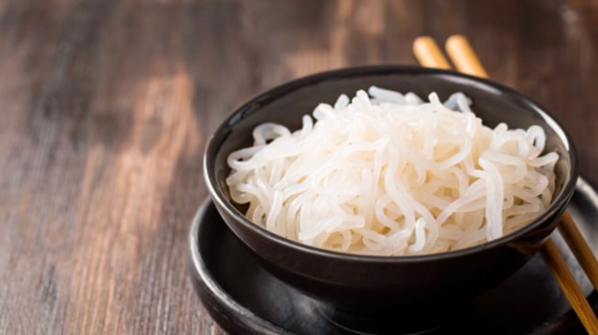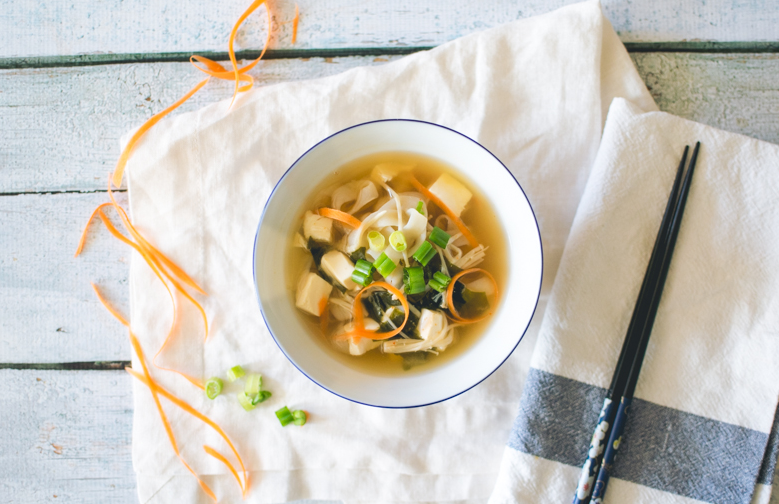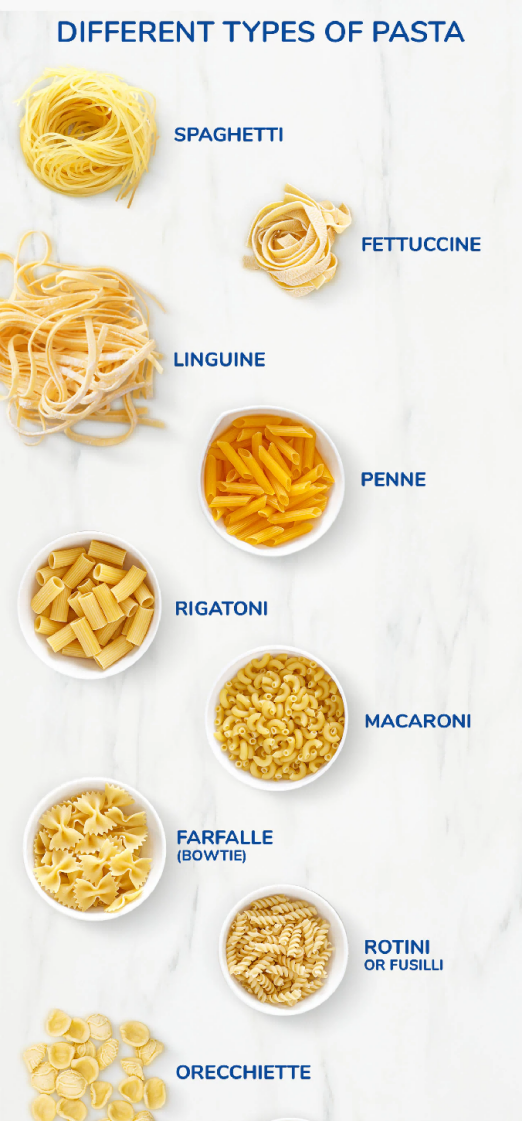In today’s health-focused world, many consumers are exploring alternative pasta options, with konjac noodles, or shirataki noodles, emerging as a popular choice. Sourced from the konjac yam, these noodles are celebrated not only for their unique characteristics but also for their remarkable health benefits. This article delves into the nutritional advantages of konjac noodles and highlights their versatile uses in cooking.
Nutritional Benefits
1. Low in Calories and Carbohydrates
One of the most attractive features of konjac noodles is their incredibly low calorie count. A standard serving contains merely 10 to 20 calories, making these noodles an excellent option for those aiming to cut back on caloric intake. Moreover, they are virtually free of carbohydrates, making them especially appealing to individuals on low-carb or ketogenic diets. This combination allows for a satisfying meal without the caloric burden associated with traditional pasta.
2. High in Glucomannan
Konjac noodles are abundant in glucomannan, a soluble fiber that offers numerous digestive health benefits. This fiber not only promotes a sense of fullness, which can aid in weight management, but it also plays a significant role in regulating blood sugar levels by slowing the absorption of sugars into the bloodstream. This property makes konjac noodles a smart choice for those managing diabetes or looking to stabilize their energy levels throughout the day.
3. Gluten-Free
With the rising prevalence of gluten intolerance and celiac disease, the need for gluten-free food options has surged. Fortunately, konjac noodles are naturally gluten-free, providing a safe and nutritious alternative for those who must avoid gluten in their diets. Their neutral taste and adaptability make them an excellent base for a variety of dishes without compromising health.
4. Rich in Essential Minerals
Though low in macronutrients, konjac noodles contain essential minerals like calcium, magnesium, and potassium. These minerals are vital for numerous bodily functions, including maintaining bone health, supporting muscle function, and regulating fluid balance. Incorporating them into meals can help boost overall mineral intake, especially in diets that may lack variety.
Culinary Applications
The versatility of konjac noodles allows them to shine in various culinary contexts. Here are several popular ways to enjoy them:
1. Stir-Fries
Konjac noodles can effortlessly enhance stir-fries, soaking up the flavors of sauces and seasonings. Their chewy texture pairs well with vegetables, proteins, and spices, adding both substance and satisfaction to the dish.
2. Soups
These noodles are a fantastic addition to soups. Their ability to absorb flavors enhances the dish’s overall profile. Whether used in a spicy ramen or a comforting vegetable soup, konjac noodles contribute a delightful texture that elevates the meal.
3. Salads
For a refreshing salad, cold konjac noodles can be combined with fresh vegetables, proteins, and dressings. Their subtle flavor allows them to blend seamlessly with various dressings, creating a versatile salad base that appeals to many palates.
4. Pasta Dishes
In Italian cuisine, konjac noodles can serve as a guilt-free substitute for traditional pasta. They pair beautifully with sauces such as marinara, pesto, or creamy alfredo, offering a delicious alternative that satisfies cravings without the extra calories.
Pasta is renowned for its incredible variety and versatility. With countless shapes and sizes, each type offers a unique texture and pairing possibilities. We have transformed konjac noodles into various shapes of pasta, making them the best alternative to traditional pasta.
Small Pastas
● Farfalle: Bowtie-shaped pasta pieces that capture sauce well, making them ideal for a variety of dishes, from salads to creamy sauces.
● Rotini: Spiral-shaped pasta that excel at holding onto thick sauces, making them perfect for hearty dishes and pasta salads.
Ribbon-Cut
● Spaghetti: Long, thin, cylindrical pasta that pairs well with a variety of sauces, particularly tomato-based sauces. Its chewy texture allows it to hold sauces effectively.
● Capellini: Also known as angel hair pasta, is an ultra-thin variety of spaghetti that cooks quickly and has a delicate texture.
● Fettuccine: Flat, ribbon-like pasta that is wider than spaghetti, typically served with rich, creamy sauces. It is often enjoyed with various meats and vegetables.
● Linguine: Flat, narrow pasta that is slightly wider than spaghetti. It pairs particularly well with seafood dishes and light sauces.
Tube-Shaped
● Penne: Short, tube-shaped pasta with diagonal cuts at both ends. Their ridged surface enhances the adherence of sauces, making them a popular choice for baked dishes.
● Rigatoni: Larger tubes that offer a hearty bite and excellent sauce-holding capacity. Their shape makes them perfect for rich, meaty sauces and baked casseroles
● Macaroni: Small, curved tubes often associated with comfort food dishes like macaroni and cheese. Their petite size and shape are perfect for creamy sauces and pasta salads.
Their common characteristic is durability, allowing them to retain their shape and texture during cooking. This makes them great partners for other sturdy ingredients like vegetables, meats, and legumes.
Conclusion
In summary, konjac noodles present an impressive array of nutritional benefits along with versatile culinary applications. Whether you're aiming to lose weight, manage blood sugar, or simply increase your fiber intake, these noodles provide an excellent choice. Their low-calorie, gluten-free, and fiber-rich nature makes them a favored alternative for health-conscious individuals. By experimenting with various cooking methods, you can create delicious, satisfying meals that align with your health goals.
Contact
Beijing Shipuller Co., Ltd.
WhatsApp: +86 136 8369 2063
Web: https://www.yumartfood.com/
Post time: Oct-17-2024
